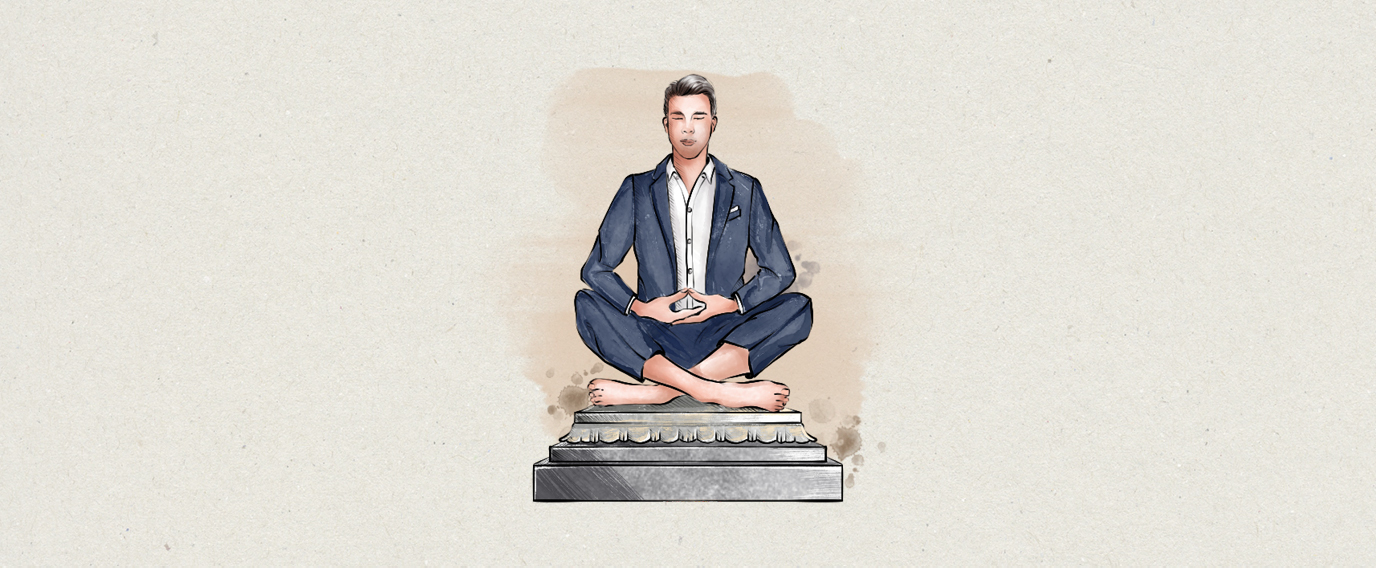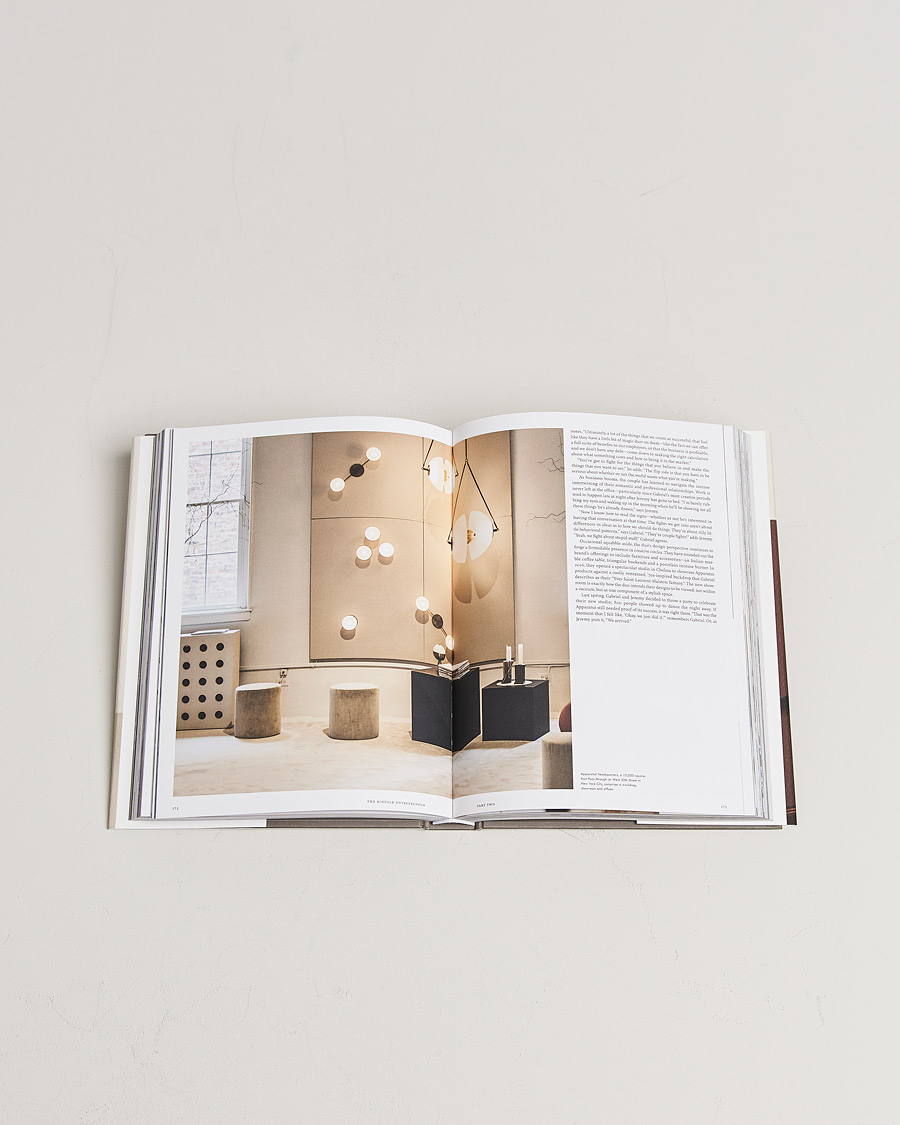Meditation ? The mind's way to dress for success?

We can all agree that when we are and feel well, we work better in everyday life. Things just seem to fall into place easier and more often. A common misconception is that you feel well mostly because things are working out for you. At the same time, the connection works even more the other way around: Things easier fall into place when you are in a state of alignment. Try and observe it before potentially deferring it as woo woo, since this also has a strictly scientific and hands on practical explanation: You are simply more observing and receptive to good signals and vibes when in a good state of mind. You detect small nuances that may lead you where you wish to go, while you may miss them when feeling less grounded. People around you are also more prone to give positive and beneficial suggestions when you emit good energy and hence are experienced as more receptive.
Meditation: The path to success
Merely mentioning the word meditation makes many people cringe in disbelief and scepticism. Dismissively these people often defer the associations they make to spiritual nonsense and a too alternative way of looking at life. Of course you can abide to popular social media stereotypes like “keep grinding” and “no pain no gain” in the mindset that hard work is the only way to true success. Then take a minute to look at successful individuals like Richard Branson or Rick Rubin (legendary music producer), where meditation is a central in the foundation of their success, rather than an eccentric result of that they have already made it.The myth that meditating is hard
Many people do not even consider meditation as they believe it is hard, which it definitely not has to be. One of the most efficient, successful and available ways to meditate only requires 15 minutes of your time and a place where you can sit relatively uninterrupted. You need neither fluffy linen pants, nor monotonous exclaims of aum or soothing music. “But I have kids to send to school, deadlines and hockey practices! I don’t have the luxury of time”, you might think. In fact, even your everyday struggles will fall into place more easily through the alignment achieved through meditation. You will gradually feel more grounded and be less affected by things that used to make you feel stressed out. Ask yourself how much time you spend on your phone, social media or watching TV every day, and all of a sudden, it is often fairly easy to motivate and find 15 minutes to invest in yourself.How meditation-practice works
The point of meditation is to lower the amount of mental clutter among your thoughts. People reading on this topic might claim that “thoughts are actually formed before we are even aware of them, and are thus impossible to avoid”. This might possibly be so, but this meditation-practice is rather about enhancing your ability to focus, and through that give less attention to the thoughts and things most of us spend most of our time thinking about: Problems and life situations that worry us and cause stress.When is it beneficial to meditate?
You often benefit most from meditation if you practice it in the morning. The reasons for this are many, but mostly because this form of meditation is based on giving less space and attention to negative thought patterns. These thoughts are a bit like trains: The more time, speed and momentum they get, the harder they are to quiet or control. In the morning, most of us still benefit from the mental calm we receive as out night sleep ends most of our mental chatter. When you meditate in the morning, you will also benefit from the positive effects throughout the rest of the day that follows. If your family takes up most of your time in the morning, get out of bed half an hour earlier. If you are the type of person claiming “I cannot meditate! It drives me mad to just sit still that way”, maybe there are even more reasons for you to really consider trying meditation?How to meditate
Steg 1: Meditate sitting in a comfortable position with a straight and stable posture somewhere where you will not be disturbed. Close your eyes to reduce visual distraction.Step 2: Set a timer for 15 minutes so you won’t have to keep track of time. This is quite enough time. If you drive to work, sit 15 minutes in your car before going to your workplace. If you only have 10 minutes, this is better than not meditation at all.
Step 3: Now, focus on something completely neutral like the sound of ventilation or the sound of water or chirping birds if you sit outside. A sound that is neither good or bad, but just is there, without any pre conceived meaning to you. It is easy to fall asleep during these conditions, but it is important to stay awake as the essence of this practice is a heightened awareness and observation of the whole experience.
During the 15 minutes of your meditation, you stay aware of what goes on in your mind. You will initially most likely start thinking your ordinary thoughts, as this is how our brain is used to function. When this happens, return your focus to the neutral sound. Over time, you will experience an increasing calm during your meditation. When you reach the full potential of your practice, you will experience a sense of detachment, like something leaves you through the surface you sit on, and you feel lighter.
You will eventually receive thoughts and ideas. These impulses are different from the thoughts you actively think, often with the purpose to solve something in your life situation. Imagine that these impulses you receive are rather from your heart and the core of your being, rather than from your brain. They can appear to be quite random and insignificant ideas appearing in your awareness, but generally, they often feel like something you want to do. Follow these impulses and see where they take you. Observe these ideas that you consciously receive, experience and follow them. They are often hints in a direction that over time will improve your life in unexpected ways.
























